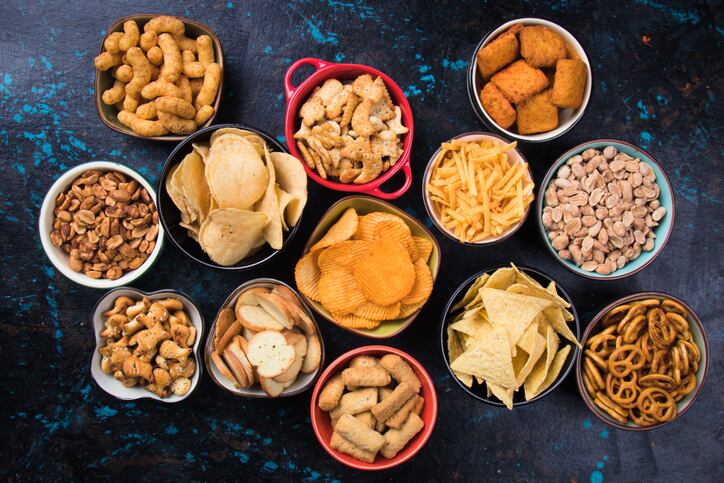Before the pandemic, consumers looked at snacks as a comfort food with a convenience purpose, according to food technology platform Ai Palette and research firm Frost and Sullivan.
Nadiah Ghazalli, APAC consulting analyst of chemicals, materials & food at Frost and Sullivan said: “Before Covid-19, snacking kept us full between meals, and was also a meal replacement for busy professionals.”
Somsubhra Gan Choudhuri, co-founder and CEO at Ai Palette, said the early days of the pandemic saw consumers gravitate towards comfort snacks.
However, consumer preferences towards snacking changed, the longer lockdowns were enforced.
“We observed that people still continue snacking but were now more conscious about their diet and are moving towards healthy snacking,” he said.
Ghazalli agreed, adding: “The pandemic exposed how important nutrition is for the body, especially when it comes to the immune system. People are more conscious of the type of food they consume,” she said.
They added that the concept of healthy snacking had now evolved from eliminating nutrients such as carbohydrates, fast or sugars, to a desire for nutritionally balanced and nourishing products.
Across the region, Ai Palette found that nuts and seeds grew in popularity in the Philippines, in Singapore oat-based snacks and dark chocolate gained traction, while in China, it was cereal and protein bars.
Choudhuri also told us that the firm’s analysis also found that there was a marked increase in home cooking and baking during this time.
Ghazalli added that while people used to be reliant on pre-mixes, there was a surge in making items from scratch such as bread.
Sweetener supplier SweeGen, reflected the same sentiments. Lewis Tessarolo, the firm’s senior director of business development for APAC, said: “Consumers are making their snacks at home rather than buying them which arises from having more time to cook or bake, and adopting a health-conscious attitude toward what they eat.
“We are also noticing the trend of people gaining weight during the pandemic, as a result of adapting to complying with staying at home, which is a sedentary lifestyle.
“We are definitely seeing the pendulum swing towards healthy snacks across APAC. Consumers are becoming more aware of calories, sugar, and salt consumption because they are listening to their peers, and hearing about the health risk factors of diabetes and obesity,” Tessarolo said.
In addition to the trend in healthier snacking, ingredient manufacturer Kerry said taste was still the top consideration for consumers, citing a Yougov industry report where 61% of APAC consumers ranked taste at the top, followed by price and health benefit.
Olive Bai, marketing manager of savoury snacks at Kerry APMEA said: “Consumers today demand healthier food options, including healthier snacks. This can range from snacks without artificial additives and preservatives or with less sodium or salt, non-fried or baked snacks or use of healthier ingredients like wholegrain.”
“With health being top of mind these days, people are now also considering snacks that include immunity-enhancing ingredients, protein or vitamins. Still, taste cannot be compromised in the name of health.”

